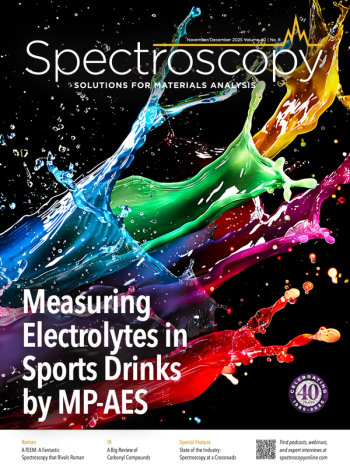
Investigation of the Use of LIBS to Quantitate Lead in Atmosphere
In a recent study (1), researchers investigated the use of laser-induced breakdown spectroscopy (LIBS) for the quantitative measurement of lead in aerosols, as an alternative to using inductively coupled plasma with optical emission spectroscopy or mass spectrometry (ICP-OES or ICP-MS).
In a recent study (1), researchers investigated the use of laser-induced breakdown spectroscopy (LIBS) for the quantitative measurement of lead in aerosols, as an alternative to using inductively coupled plasma with optical emission spectroscopy or mass spectrometry (ICP-OES or ICP-MS).
Quantitative measurements with LIBS present several challenges. The study, by a team at CNR-ICMATE, the Institute of Condensed Matter Chemistry and Technologies for Energy in Italy, focused primarily on the investigating matrix effects, with a focus the role of the carrier gas on the LIBS signal itself and the behavior of the LIBS signal as a function of the delay time with respect to the laser pulse.
The researchers found that for delay times higher than 50 μs, the LIBS signal in air is substantially lower than the values obtained in nitrogen. At short delay times, the LIBS signal is enhanced in air compared to nitrogen. The researchers concluded that more work needs to be done to investigate the chemical kinetic mechanisms that may be responsible for the observed results.
Reference
(1) D.A. Redoglio, N. Palazzo, F. Migliorini, R. Donde, and S. De Iuliis, Appl. Spectrosc.72(4), 584–590 (2018).
Newsletter
Get essential updates on the latest spectroscopy technologies, regulatory standards, and best practices—subscribe today to Spectroscopy.


